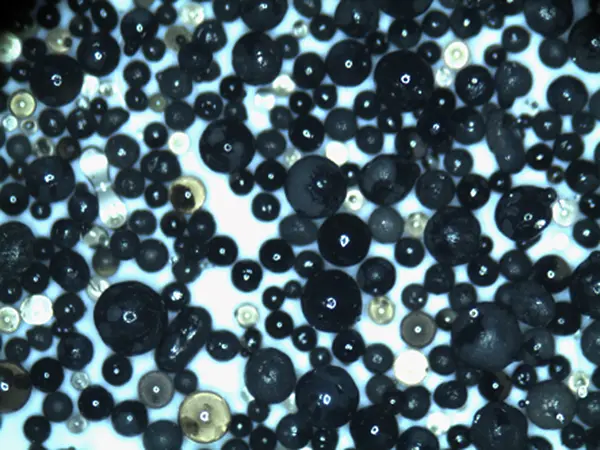The Art and Science of Ceramic Sanding
Ceramics are integral to various industries and crafts, ranging from pottery to advanced engineering applications. One crucial step in the crafting and finishing of ceramic pieces is the process known as ceramic sanding. This technique not only enhances the aesthetic appeal of ceramics but also plays a vital role in ensuring their structural integrity.
Ceramic sanding involves the removal of surface imperfections and the smoothing of rough edges to achieve a polished finish. The importance of this process cannot be overstated, as it directly impacts the quality and durability of the final product. Whether dealing with handcrafted pottery or industrial tiles, the sanding process ensures a uniform surface, enabling better adhesion of glazes and finishes.
The first step in ceramic sanding is selecting the appropriate sanding tools and materials. For soft ceramics, such as earthenware or low-fired clay, finer grits are typically used to prevent chipping. Conversely, harder ceramics, like porcelain or stoneware, may require coarser grits initially, followed by finer grits for polishing. Sanding can be done by hand or using power tools, depending on the size and complexity of the ceramic item.
ceramic sanding

A common method of hand sanding involves using sandpaper or sanding sponges. For larger production runs or more intricate pieces, rotary tools equipped with sanding attachments can be a more efficient choice. Regardless of the method, the goal is to maintain even pressure and motion to avoid creating flat spots or uneven surfaces on the ceramic piece.
One of the main advantages of ceramic sanding is its ability to reveal the true beauty of the clay body. Many ceramic artists choose to leave their works unglazed, allowing the natural texture and color of the clay to shine through. Sanding helps achieve this by smoothing out any imperfections that could disrupt the visual appeal.
Moreover, sanding contributes to functional aspects as well. For example, the smooth surfaces achieved through sanding can make ceramic items easier to clean and maintain. In industrial settings, properly sanded tiles or components can lead to better performance and longer-lasting products.
In conclusion, ceramic sanding is a vital process that blends art with science. It enhances the visual appeal, durability, and functionality of ceramic works. As artists and manufacturers continue to explore innovative techniques and tools, the art of ceramic sanding will undoubtedly evolve, reflecting the continual advancements in ceramics as a medium. Whether crafting a simple vase or a complex engineering component, the careful application of sanding techniques will always be a cornerstone in the world of ceramics.
Post time:Th9 . 13, 2024 16:46
Next:金属鋳造砂 - 高品質な鋳造材料供給
